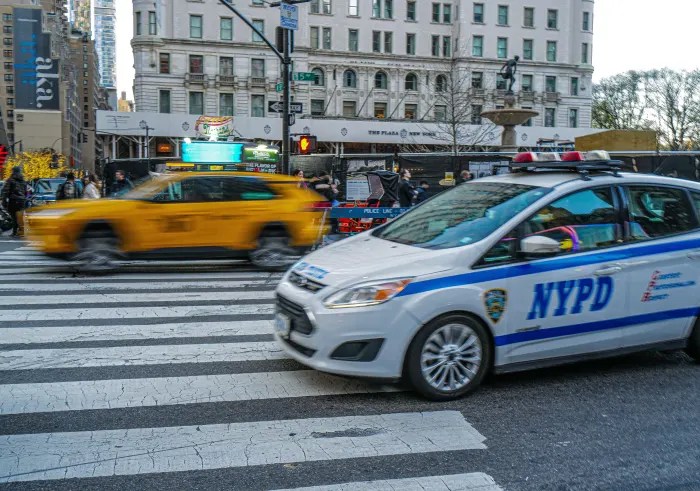 As Saint Patrick’s Day approaches, we’ll be inundated by all things green, even some things (like beer) that really shouldn’t be that color. There are Saint Patrick’s Day parades and all sorts of celebrations. Yet I wonder how many marchers and revelers know anything about the saint who is being honored that day?
As Saint Patrick’s Day approaches, we’ll be inundated by all things green, even some things (like beer) that really shouldn’t be that color. There are Saint Patrick’s Day parades and all sorts of celebrations. Yet I wonder how many marchers and revelers know anything about the saint who is being honored that day?
Patrick wasn’t Irish. And as a boy he wasn’t particularly religious. When he was 16 years old, this Roman-Britain non-church-going kid was kidnapped by Irish pirates who brought him to Ireland where for six years he was forced to take care of sheep. During his captivity he “got religion” and developed a real relationship with God. He also came to understand the workings of the Irish clan culture. When he was 22, he escaped back to Britain.
Due to his spiritual awakening, he headed to France where he entered a monastery and was eventually ordained a priest. And then he went back to Ireland. He writes that he had a vision from God, sending him back to his place of slavery to evangelize the pagan people of Ireland.
He had the advantage of knowing the Irish culture but the disadvantage of being a foreigner. He was challenged, jailed, threatened with death and lived in difficult conditions. Yet he continued to forgive, and steadfastly shared his faith. Over time Christianity spread throughout the land.
Throughout the centuries, a lot of legends were spread about Patrick (e.g. he drove the snakes out of Ireland) but the true miracle was that Patrick went back to Ireland to offer them his faith. Could you imagine returning to a place of slavery and spending the rest of your life in service of those who enslaved you? I’m reminded of the later slavery of Africans who were brought to America against their will. Documentary maker Ken Burns once noted, “”What an amazing thing….that these people were picked up from their life, their homeland, and taken to a new country, and forced to work under brutal, dehumanizing conditions. And what did they do? Adopt the religion of their captors. And then practice a version of it so clean, so pure and so generous, as to allow all of the crimes committed in the name of that religion, not the least of which was the unconscionable tolerance of slaveholding, and just make it better.”
This is the power of forgiveness. And both the Irish and the Africans have had a lot to forgive over the decades. When the potato famine struck Ireland in the mid 1800’s, thousands of Irish people sailed for America and entered as undocumented immigrants (documents weren’t required at that time) and there was an immediate response of prejudice and hate. Employers posted “Irish need not apply” signs and the political rhetoric assured Americans that the Irish immigrants were going to destroy the American way of life.
The Irish immigrants had to forgive many such prejudices and indignities, and today their descendants have a natural sympathy for the latest wave of immigrants who come to this land looking to escape poverty and violence.
It is said that our American celebrations of Saint Patrick’s Day “makes everyone Irish for a day.” And I hope that the forgiveness that comes from the example of Saint Patrick himself is what sticks once the green stripes on our streets fade away.
One more thing: What’s the reason for associating the shamrock with Saint Patrick’s Day? It was alleged that when the Irish Druids were struggling with the Christian concept of three Persons in one God (Father, Son & Holy Spirit) Saint Patrick held up a native shamrock as an illustration of one plant with three leaves — the three are really one.
So it’s with some amusement and consternation that I see Saint Patrick Day ads or displays featuring a four-leafed clover! But I’ll choose to overlook this distortion of our faith in the Trinity! After all, forgiveness is the ultimate legacy of this feast.






























